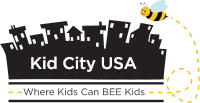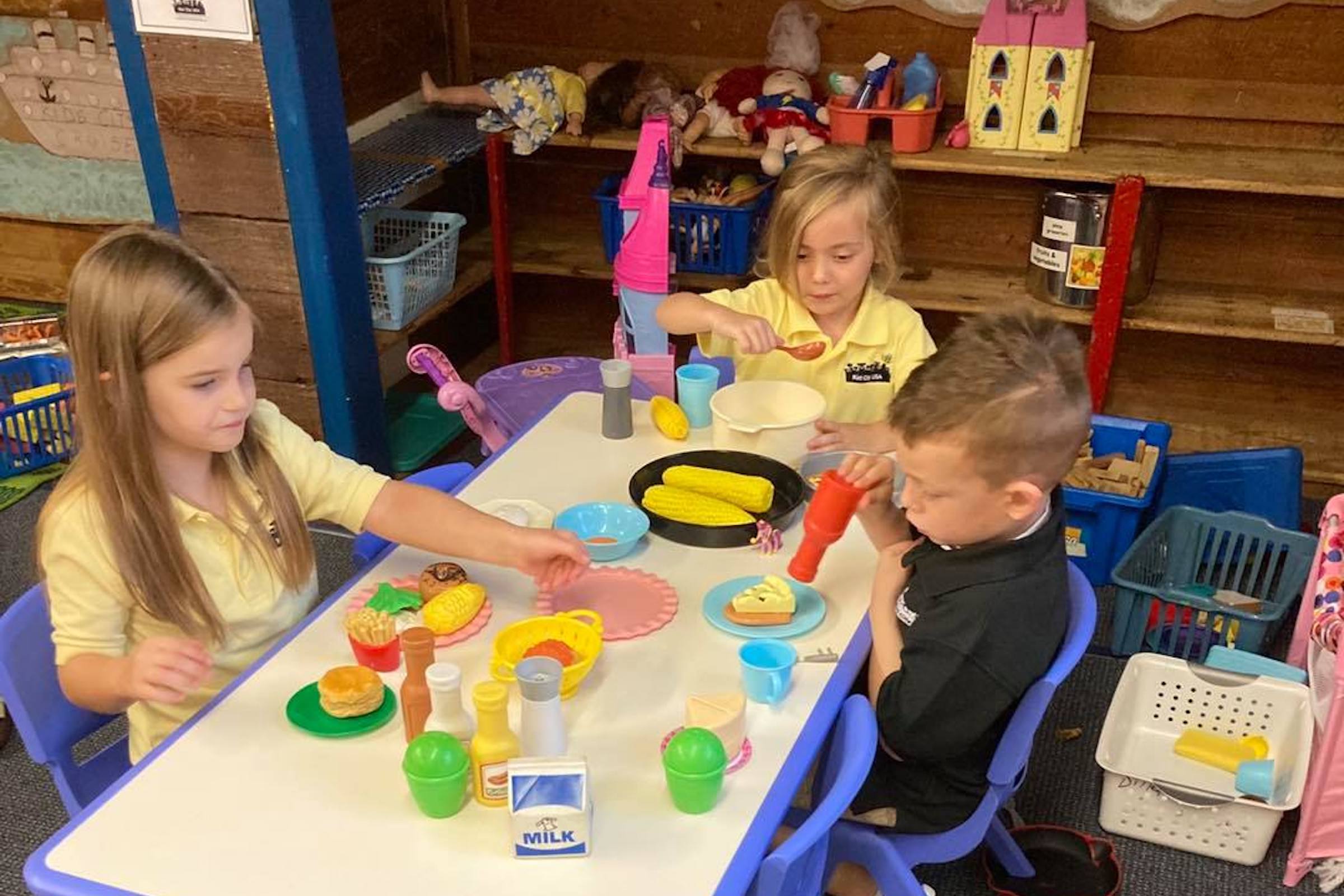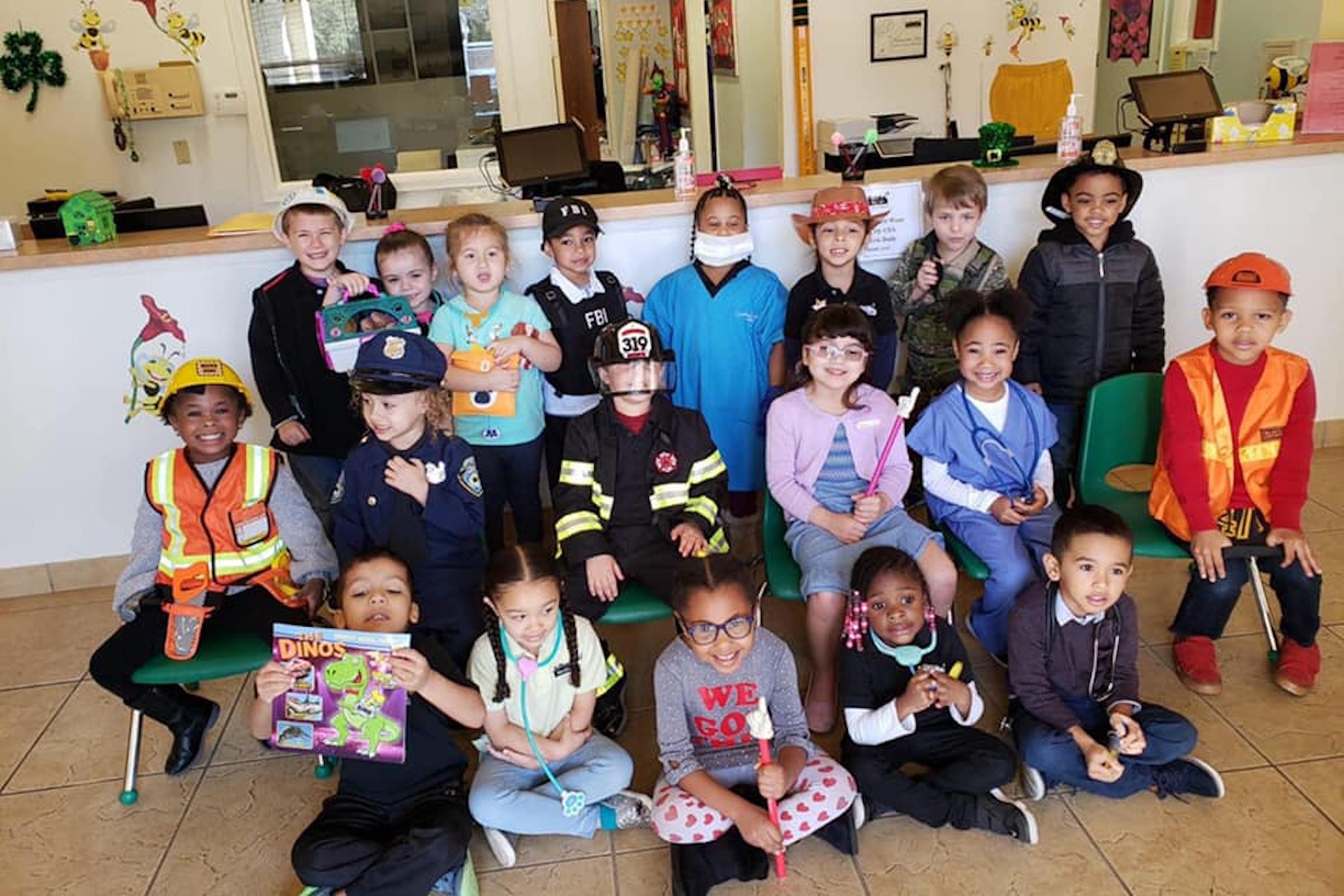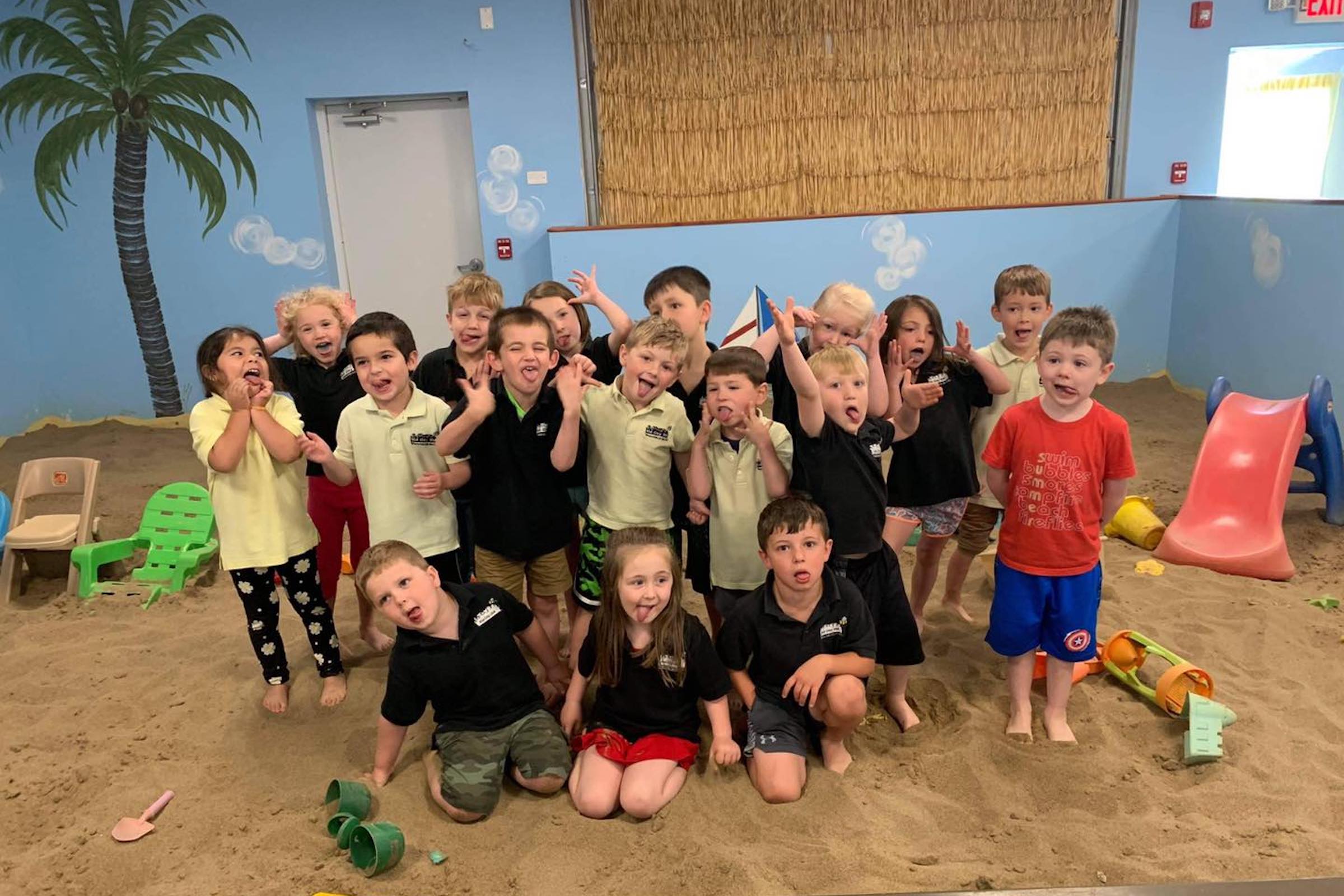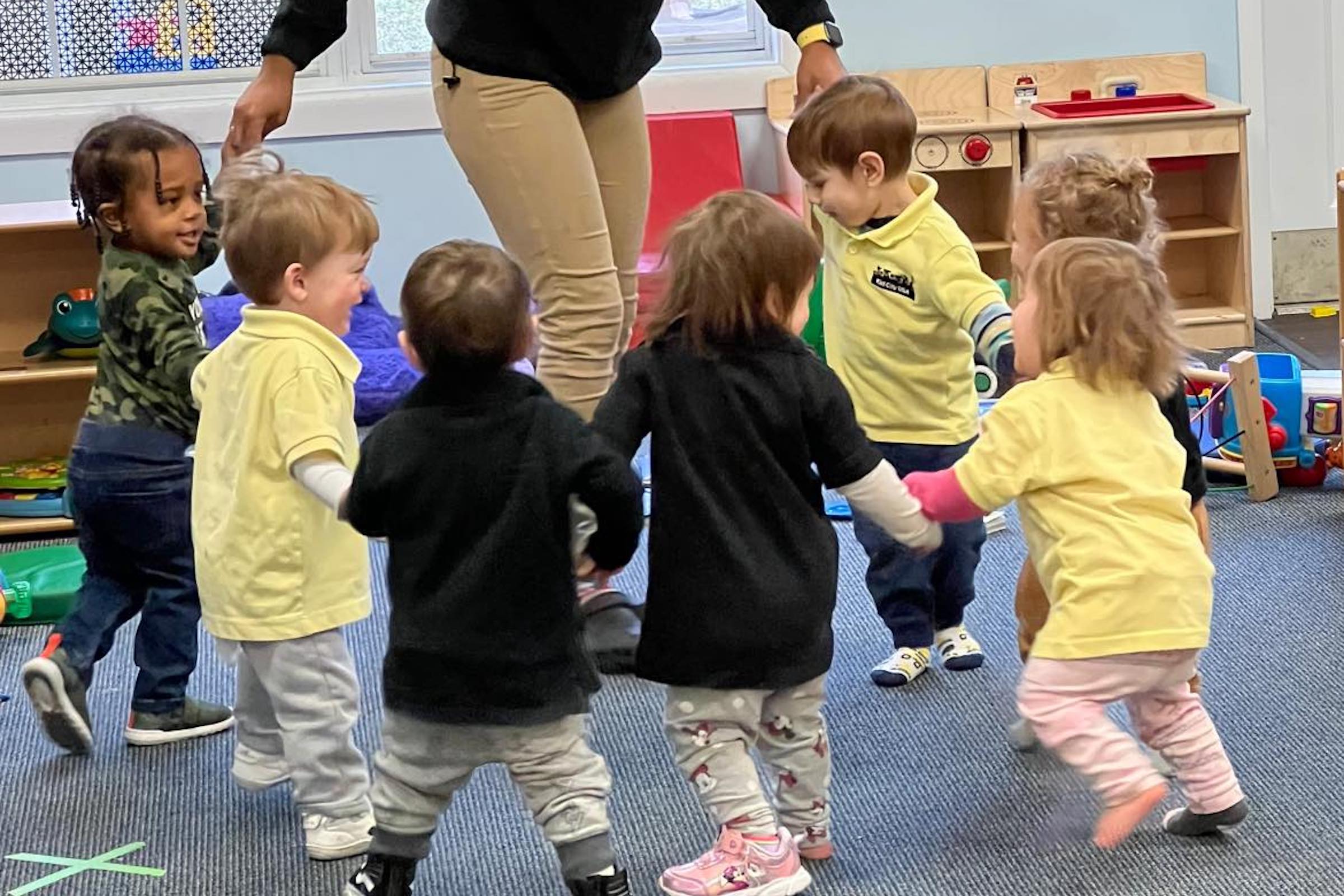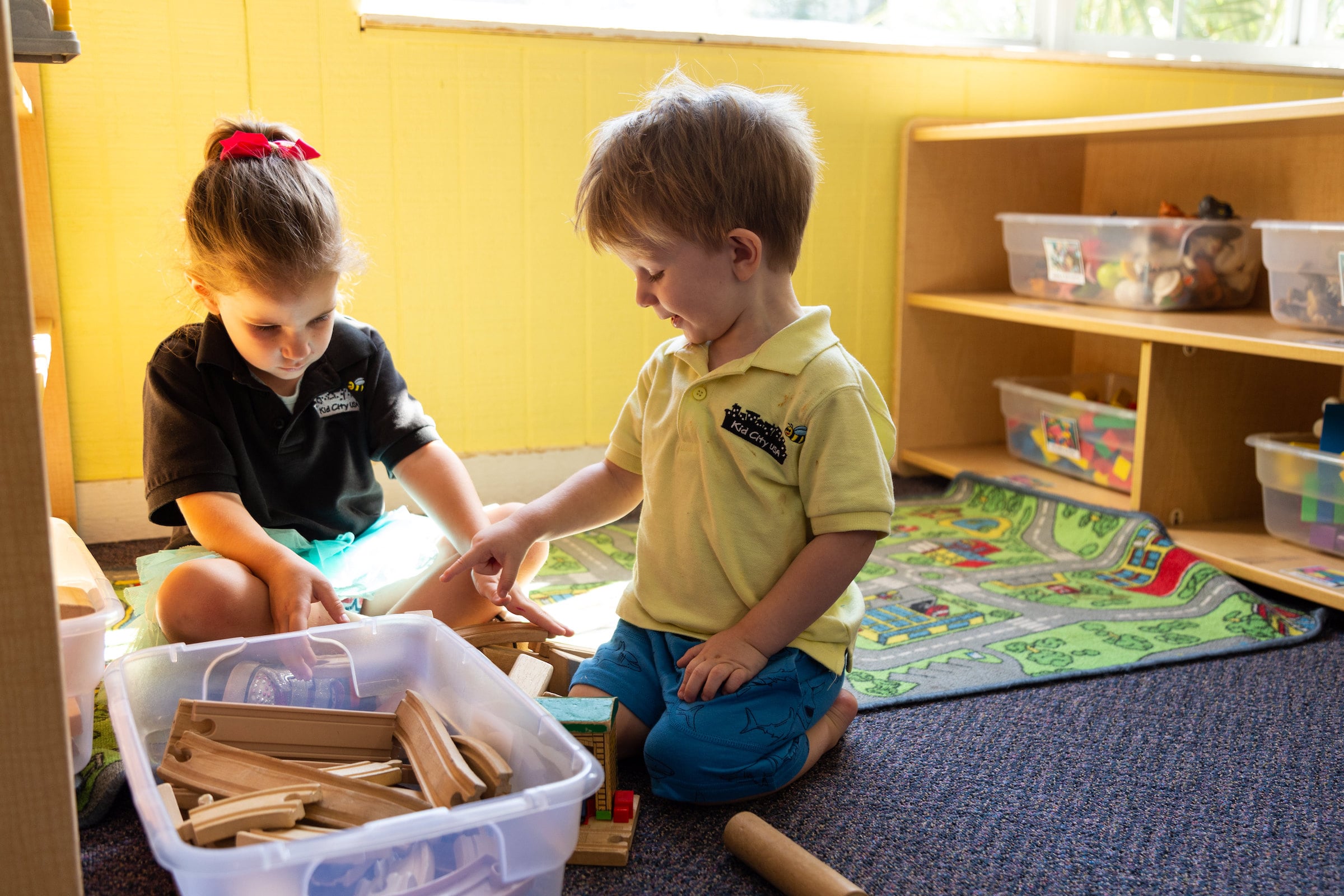According to 2019 Census data, nearly half of all American children ages 3-4 are not enrolled in preschool.
While there are several reasons for this, two of the most prominent are choosing a preschool and the cost. Finding a preschool for your child can be challenging since there are various programs to consider.
So, let’s dive into learning about eight different types of preschools. Instead of frantically searching “preschool near me,” this article will help you make an informed decision on which preschool program is best for your child.
Montessori
Dr. Maria Montessori developed this Italian-inspired pedagogy in 1897. In a Montessori classroom, teachers and group leaders guide student-driven learning.
Children can choose which activities they prefer based on their interests. They can also move at a pace that matches their learning preferences. The approach is child-centered.
The system encourages teamwork between students. Yet, it also allows students to work independently. A Montessori classroom uses Q&A sessions and after-school activities.
Early childhood education professionals say the Montessori classroom promotes:
- A natural passion for education
- Accountability
- Cognitive development
- Confidence building
- Creativity
- Emotional development
- Independence
- Social development
Waldorf
Rudolf Steiner created the Waldorf system in the early 20th century. The approach builds intellect in the arts and practical skills. A blend of creative learning and structure is key.
The system is more philosophical and doesn’t use a particular curriculum. But rhythmic repetition and routine in a supportive environment foster learning.
Waldorf education sees the potential in each student as a fully rounded individual. Lessons encourage:
- Creativity
- Independence
- Understanding
The Waldorf approach doesn’t end with preschool. It extends up to the twelfth grade.
Reggio Emilia
Loris Malaguzzi developed this approach in the 1940s in Italy. The driving idea is that each child is part of a unit and should function within that unit.
The approach is holistic as it takes children’s intellectual and emotional potential into account.
Collaboration is crucial in Reggio Emilia preschool programs. The schools are student-driven with project-based learning. They focus on:
- Freedom of expression
- Using movement
- Active listening
- Hands-on activities
The program encourages students to explore and create. The atelier or creative space is incredibly important. So too is the participation of families in their child’s educational environment.
HighScope
HighScope programs have been around for more than 50 years. They are popular in community-based programs, like the YMCA.
HishScope focuses on academic learning by giving students opportunities to learn academic skills, like math or reading. However, play is at the center of all lessons, and there is a significant emphasis on hands-on projects. Teachers encourage:
- Conflict-resolution skills
- Development
- Problem-solving skills
“Plan-do-review” is the backbone of the program. Children plan how to complete a task, complete the job, then analyze the results.
The HighScope approach builds cultural, emotional, and social bonds amongst children. As a result, the classroom is a community where everyone watches out for one another.
Bank Street
Lucy Sprague Mitchell developed this approach in the early 20th century because she wanted to focus on the whole child’s development. This includes:
- Emotional
- Intellectual
- Physical
- Social
It’s a nontraditional program that uses active learning through social sciences.
The curriculum uses the emotional and intellectual changes that occur at each age and incorporates them into lessons. Classrooms include students of various ages to create a non-competitive environment.
Students set their own pace while the teacher is the guide. Play-based and hands-on learning are essential to the Bank Street approach.
Emergent
The Emergent curriculum believes each child has distinct needs and interests. Thus, it allows teachers to design unique projects based on their observations for a child or group of children.
Project work is important so students can study a topic more in-depth. Children learn as they do, not always what they are taught.
This curriculum is similar to the Reggio Emilia approach.
Ascend
The Ascend curriculum is skills- and play-based. It nurtures the following skills:
- Cognitive
- Creative
- Physical
- Social-emotional
Students experience teacher-guided activities and center-based experiences. This way, there are more personalized interactions between teachers and students.
Personalization encourages children to be more engaged and have fun. But, it also builds confidence and a passion for learning.
Parent Co-ops
In a cooperative preschool, parents work closely with teachers. So, this system is for parents who want to be directly involved in the preschool experience.
This is how it works: A collection of parents hires a professional teacher who fits the children’s learning style. Parents can supervise their children and sit in on teaching lessons.
A parent co-op system creates a strong bond between the child and parent. It also builds a tight-knit community of parents who are passionate about education.
Additionally, the approach teaches children about the importance of education.
However, there are many responsibilities and substantial time commitments for parents who choose this option.
Religious
Consider a faith-based program if you want to incorporate theological themes into your child’s everyday life. Every religious program follows its own philosophy based on the religion and level of spiritual interaction.
Students can openly discuss religious beliefs and practice their faith in these programs. The curriculum will not only focus on religion but will foster more open conversations about the topic.
They also incorporate religious beliefs and practices into daily life.
How To Choose the Right Preschool
Choosing the right preschool for your child comes down to doing research. First, you need to closely examine the different styles to see which matches your child’s learning style and your family’s values the most.
It’s not enough to just read about different preschools. Schedule visits to inspect the classroom environment and see how teachers interact with students. Ask to review the curriculum. Talk to other parents who have already enrolled their children in the program.
The more information you can gather, the better decision you can make. This means starting early.
Types of Preschools Explained
Now that you know about eight different types of preschools, you can continue to research and explore the options for your child. However, since the decision can be overwhelming, begin your search now, so you have ample time to settle on the right choice.
Contact us today at Kid City USA to learn more about our curriculum-based preschool program. Our program aims to develop each child’s social, emotional, cognitive, physical, and character development.
